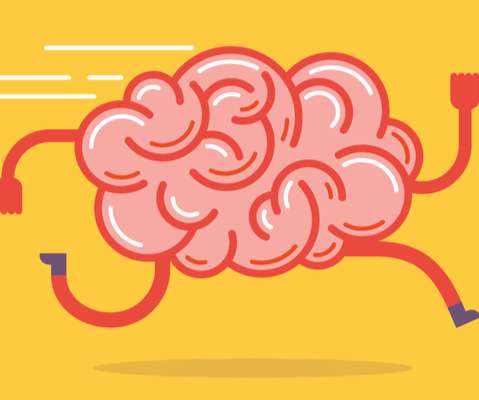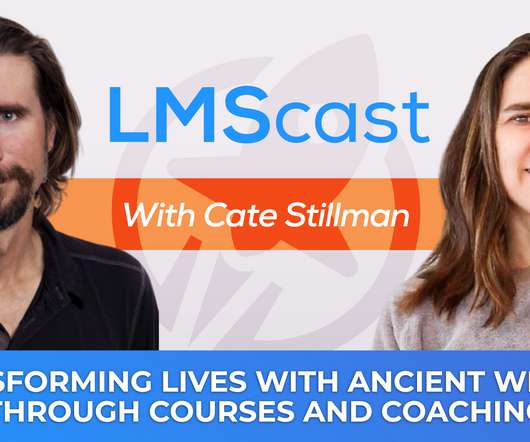4 Benefits of AI for Learners… and Teachers
KnowledgeOne
APRIL 3, 2024
Whether positive or negative, receiving feedback activates the reward system and triggers a dopamine release in the brain (Wilkinson et al., Feedback, therefore, has not only an informative but also a motivational role. In the brain, all learning results from the repeated activation of neurons related to the targeted learning.



























Let's personalize your content